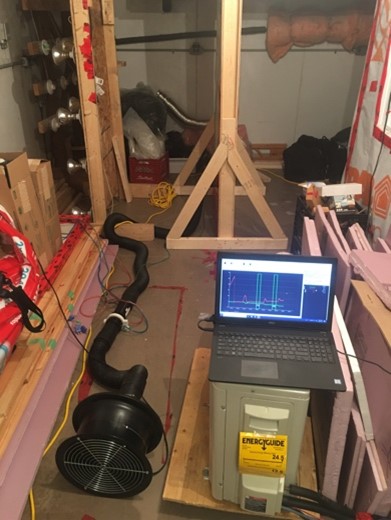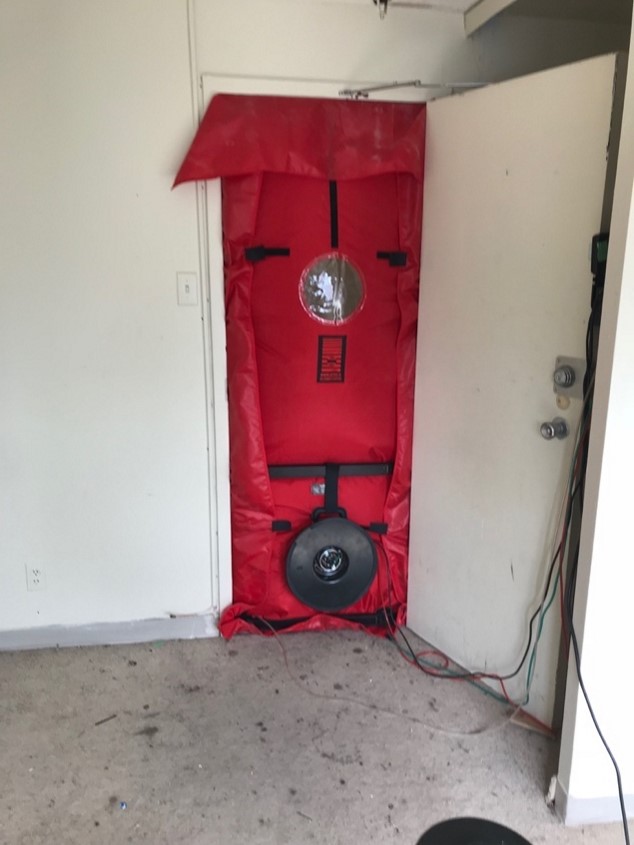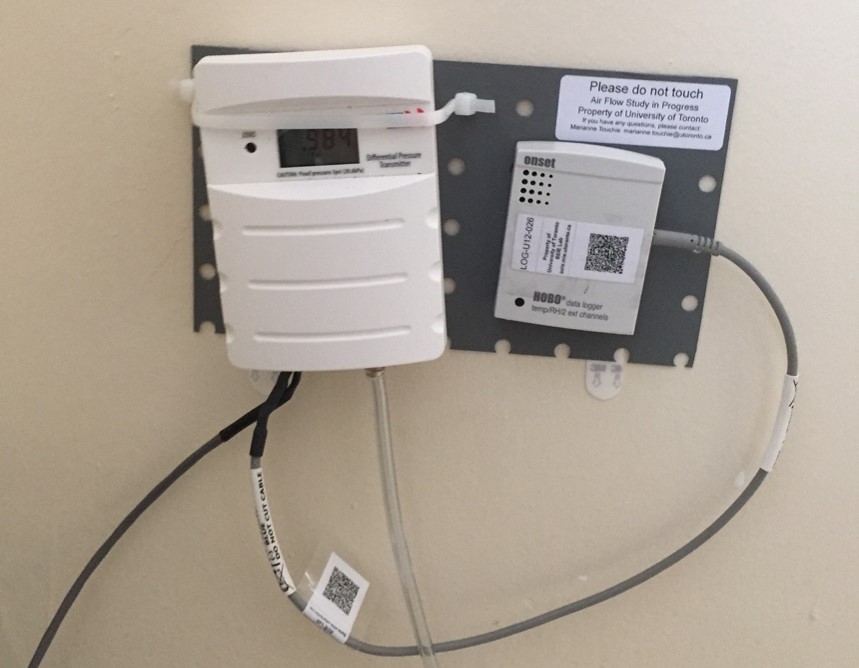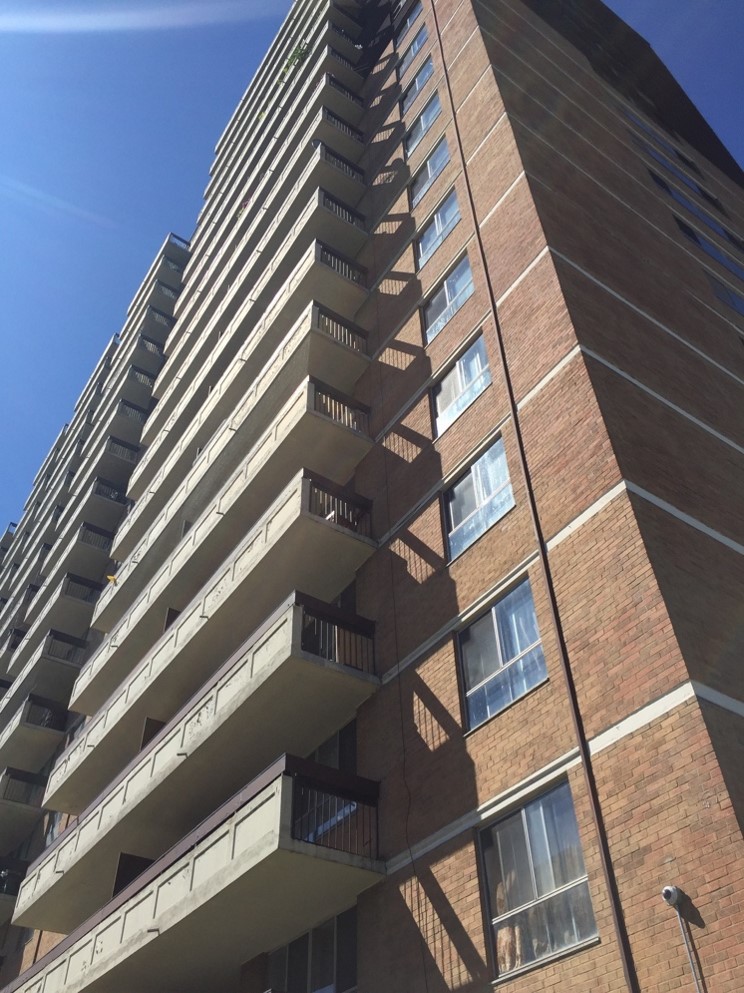Novel approaches to modelling and testing air flow in high-rise residential buildings
This project explored a combination of testing and modelling approaches designed specifically for high-rise multi-unit residential buildings applications
Status: Completed
Research themes: Energy and GHG emissions Health and comfort
Research areas: Solutions for air leakage, ventilation and filtration
Project Objective
Many approaches to testing and modelling air flow in buildings are more suitable for low-rise applications. This project explored a combination of testing and modelling approaches designed to be more appropriate for high-rise multi-unit residential buildings applications. Specifically, the aim was to develop a more efficient method for guarded blower door testing of suites, examine the impact that window operation had on whole-suite blower door tests and improve how operable windows and suite door air leakage were modelled.
Approach
Field data was collected from various case study buildings in Toronto, Canada which included differential pressure data and air leakage data which was used for the various parts of the study. CONTAM models, calibrated with field data, were used to develop a new Selective Pressure Neutralization (SPN) method which could reduce the test time and cost compared to the “gold standard” sequential pressure neutralization. The air leakage and differential pressure data were used to explore the impact that window operation in adjacent suites had on single-fan suite air leakage testing. The suite door air leakage data was supplemented with lab testing to evaluate the performance of various door air sweeps technologies, some which were meant to filter incoming corridor ventilation air. Finally, EnergyPlus was used to test various window operation models and to develop a new approach using an economizer in order to yield more realistic indoor temperatures.
Findings
The CONTAM modelling showed that the new SPN method could meet or exceed the accuracy of Whole-Suite testing in buildings with leaky enclosures, which means the SPN method shows promise as an alternative to the existing sequential pressure neutralization method. The impact of window operation in adjacent suites had a highly variable affect on whole-suite blower door test results so we recommend monitoring interzonal air pressures during this type of testing to ensure test results are accurately interpreted. The door sweep tests showed that all products, even those meant to allow air flow through the filter, significantly reduced ventilation supply air from the corridor. The novel application of an economizer to model window operation yielded steadier and more realistic interior temperatures than those resulting from the built-in window operation models.
Publications
Journal Publications
Fine, J., Lozinsky, C., Touchie, M.F. “Development of the Selective Pressure Neutralization Method – An Air Tightness Test Method for Exterior Pressure Boundary Characterization in High-Rise Residential Buildings,” Energy and Buildings, 240 (2021) pp.110605. doi: 10.1016/j.enbuild.2021.110905
Conference Publications
Tian, X., Fine, J., Touchie, M.F. “The Impact of Sweeps and Weather Striping on Suite Door Air Tightness,” in ASHRAE 2020 Winter Conference Proceedings, Orlando FL, 1-5 February 2020 [Awarded Best Paper]
Fine, J.P., Touchie, M.F. “A Novel Approach to Modeling Air Flow Through Operable Windows in High-Rise Multi-Unit Residential Buildings using EnergyPlus” in 2020 Building Performance Analysis Conference and SimBuild, Chicago, IL, August 12-14, 2020
Gray, J., Touchie, M.F., “The Impact of Adjacent Zone Pressure on Whole –Suite Airtightness Tests in Multi-Unit Residential Buildings,” in Buildings XIV International Conference Proceedings, Clearwater FL, 9-12 December 2019
People Involved

Principal Investigator

PhD


MASc
Project Partners






